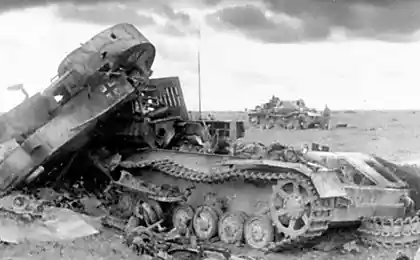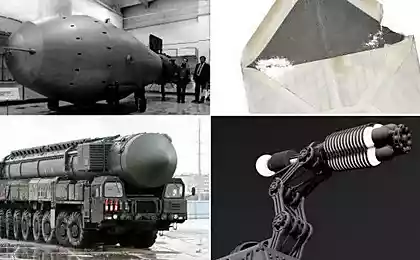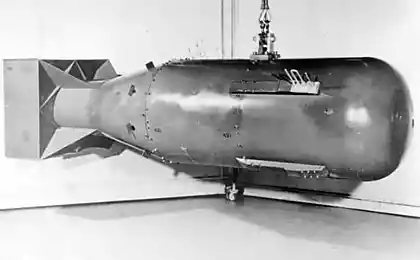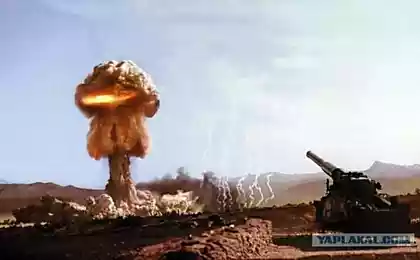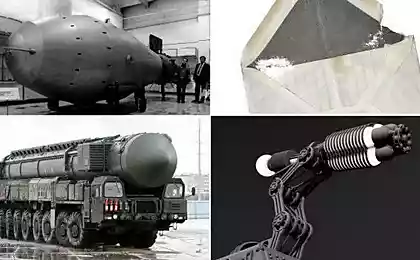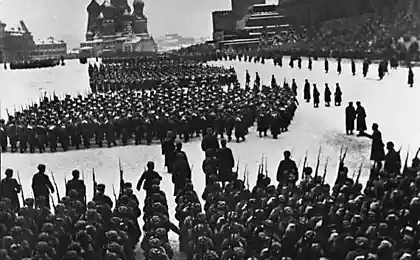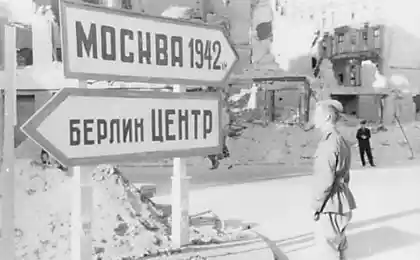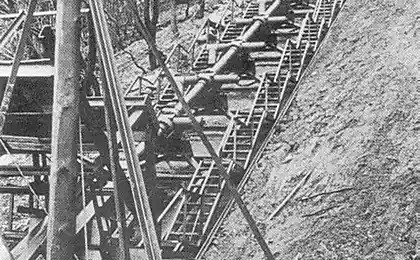1112
Weapons of Victory - the cumulative bomb PTAB-2, 5-1, 5
It is widely used by Soviet aircraft in World War II. Thyself in cassettes of 48 pieces. Il-2 took four of the container. By dropping PTAB, they covered an area of about 15 m × 200 m. Given that the horizontal reservation of German tanks was weak, the probability of hitting the target was high. Penetration was 60 mm at an angle of 30 ° of the meeting up to 100 mm at 90 °, which was enough to destroy the roof of heavy tanks of the 1940s. Even T-VI «Tiger" thick hull and turret roof was only about 28 mm, the T-V «Panther" - 16 mm. BP Blaster-A (Index HC BBC - 7-B-118), bottom.
Cumulative jet of a high temperature, with drops of molten metal caused a fire in the space of the tank zabronevom especially dangerous to supply gasoline engines Wehrmacht tanks and led to an explosion of fuel and ammunition. Efficiency PTAB depended on the health of the container (cassette), as well as the qualification of the pilot and the right tactics. When you attack with a shallow dive speed of the aircraft at the time of discharge PTAB gave high initial velocity, increasing accuracy and allowing armored vehicles to hit into the boards by several bombs.
The first combat use - 5th July 1943 at the Kursk Bulge.
IA Larionov in January 1944 was awarded for the development of the bomb and the detonator to her the Order of Lenin, and in 1946 - awarded the USSR State Prize.
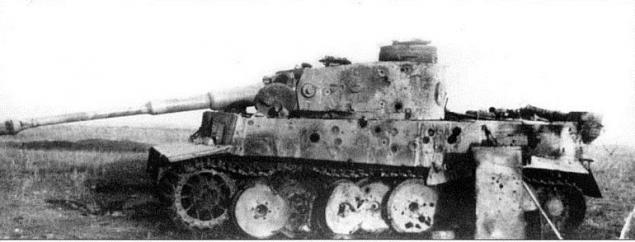
The most effective means of combating tanks are special anti-bomb PTAB-2, 5-1, 5, first used by our aviation operations in the year 1943 Despite the low weight (1, 5-1, 6 kg), the bomb direct hit 0 ° to the normal burns through armor thickness up to 60 mm. At the same time if it enters the body of the tank, it ignites the petrol tanks, striking the blast and shrapnel armor tank crew and in some cases causes an explosion of ammunition. The high efficiency is due to the bomb directed action blast, which reaches a speed of 11 000 km / s. Combat application PTAB showed their high efficiency when operating the tanks and self-propelled guns, in vehicles, armored trains and other purposes.

At the opening of the priority claimed by the cumulative effect of several people who have found it independently. In Russia - a military engineer, Lieutenant-General Mikhail Boreskov who applied in 1864, a charge with a recess for demining work, and the captain Dmitry Andrievsky, who in 1865 designed to detonate the dynamite detonator charge of gunpowder filled a cardboard sleeve with a recess filled with sawdust.
In 1923-1926 the Soviet scientist, Professor M. Ya Sukharevsky conducted a systematic study of cumulative effects. He worked with shaped charges having recess without metal cladding, and managed to find the dependence of armor-piercing action of these charges on the shape of the recess, and other factors.
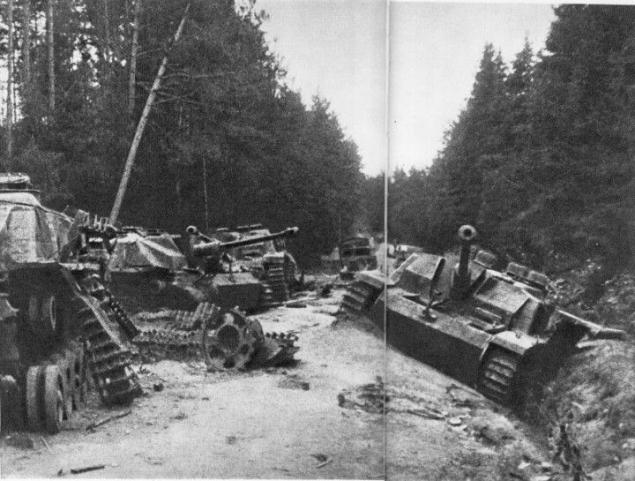
Source:
Cumulative jet of a high temperature, with drops of molten metal caused a fire in the space of the tank zabronevom especially dangerous to supply gasoline engines Wehrmacht tanks and led to an explosion of fuel and ammunition. Efficiency PTAB depended on the health of the container (cassette), as well as the qualification of the pilot and the right tactics. When you attack with a shallow dive speed of the aircraft at the time of discharge PTAB gave high initial velocity, increasing accuracy and allowing armored vehicles to hit into the boards by several bombs.
The first combat use - 5th July 1943 at the Kursk Bulge.
IA Larionov in January 1944 was awarded for the development of the bomb and the detonator to her the Order of Lenin, and in 1946 - awarded the USSR State Prize.

The most effective means of combating tanks are special anti-bomb PTAB-2, 5-1, 5, first used by our aviation operations in the year 1943 Despite the low weight (1, 5-1, 6 kg), the bomb direct hit 0 ° to the normal burns through armor thickness up to 60 mm. At the same time if it enters the body of the tank, it ignites the petrol tanks, striking the blast and shrapnel armor tank crew and in some cases causes an explosion of ammunition. The high efficiency is due to the bomb directed action blast, which reaches a speed of 11 000 km / s. Combat application PTAB showed their high efficiency when operating the tanks and self-propelled guns, in vehicles, armored trains and other purposes.

At the opening of the priority claimed by the cumulative effect of several people who have found it independently. In Russia - a military engineer, Lieutenant-General Mikhail Boreskov who applied in 1864, a charge with a recess for demining work, and the captain Dmitry Andrievsky, who in 1865 designed to detonate the dynamite detonator charge of gunpowder filled a cardboard sleeve with a recess filled with sawdust.
In 1923-1926 the Soviet scientist, Professor M. Ya Sukharevsky conducted a systematic study of cumulative effects. He worked with shaped charges having recess without metal cladding, and managed to find the dependence of armor-piercing action of these charges on the shape of the recess, and other factors.

Source:
